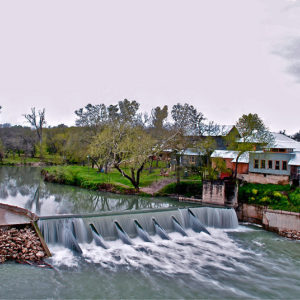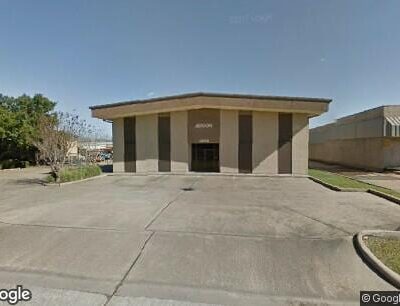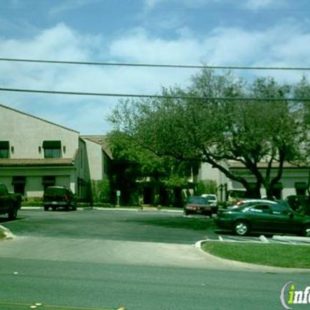Dams play an important role in infrastructure. According to FEMA, “Dams provide a range of economic, environmental, and social benefits…” Building a dam supports recreation, flood control, water supply, waste management, wildlife habitat and hydroelectric power.
Recreation
When a dam is built, we are able to control the flow of water. Releasing little water allows man-made lakes to form. In Texas, Caddo Lake is the only natural lake. All other lakes were created by damming rivers. These lakes provide a place for individuals to boat, ski, camp and picnic.
Flood Control
Dams protect people, land, wildlife and livestock when heavy rains threaten Texas. According to the Brazos River Authority, Texas’ history is plagued with deadly floods. In an effort to control floods, officials began building dams along Texas rivers in the 30s and 40s.
Water Supply
When a dam is erected, water can be stored in a reservoir. Reservoirs provide water for industrial, municipal and agricultural needs. For example, 86 percent of the city of Houston’s water supply comes from its lake.
 Debris Management
Debris Management
Heavy rains can cause debris and sedimentation downstream. Before civilization, debris would flow down the river and settle in floodplains. However, more communities are being built in floodplains for its flat land. To prevent damage, dams are built to protect people and their property.
Electrical Generation
The United States is the second largest producer of hydropower in the world. Dams contribute eight to 12 percent of the nation’s power needs. Because hydropower does not contribute to global warming, air pollution, acid rain or ozone depletion, building a dam for electricity is considered a clean source of power.
The experts at Jerdon install dams for state and local governments. Contact us for more information.




